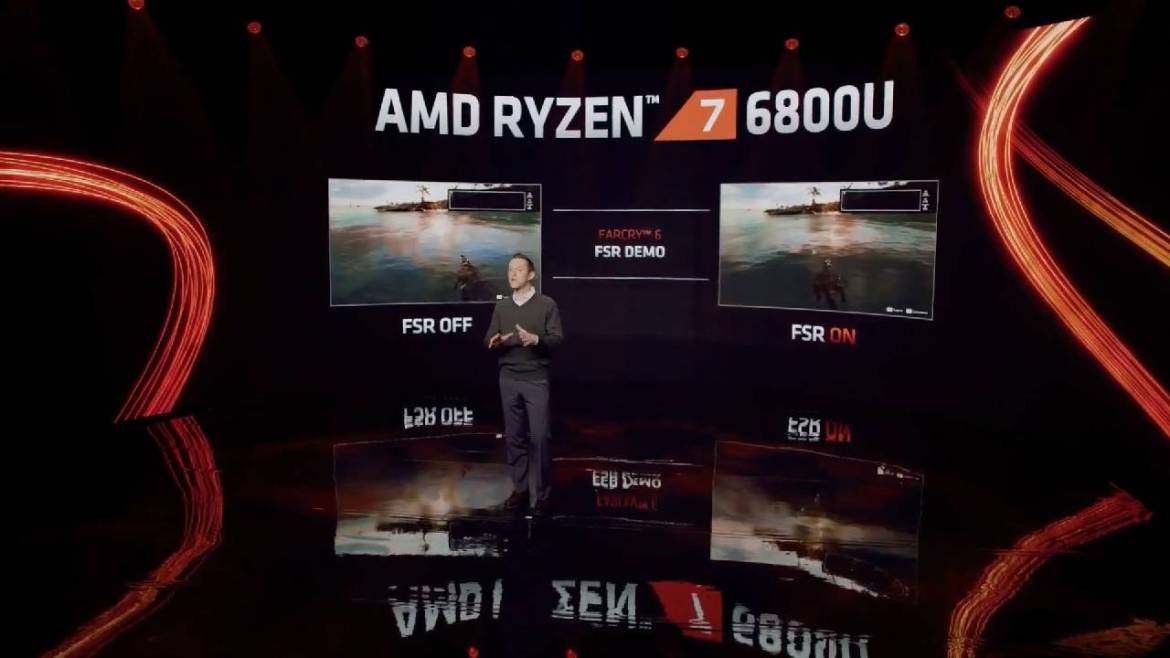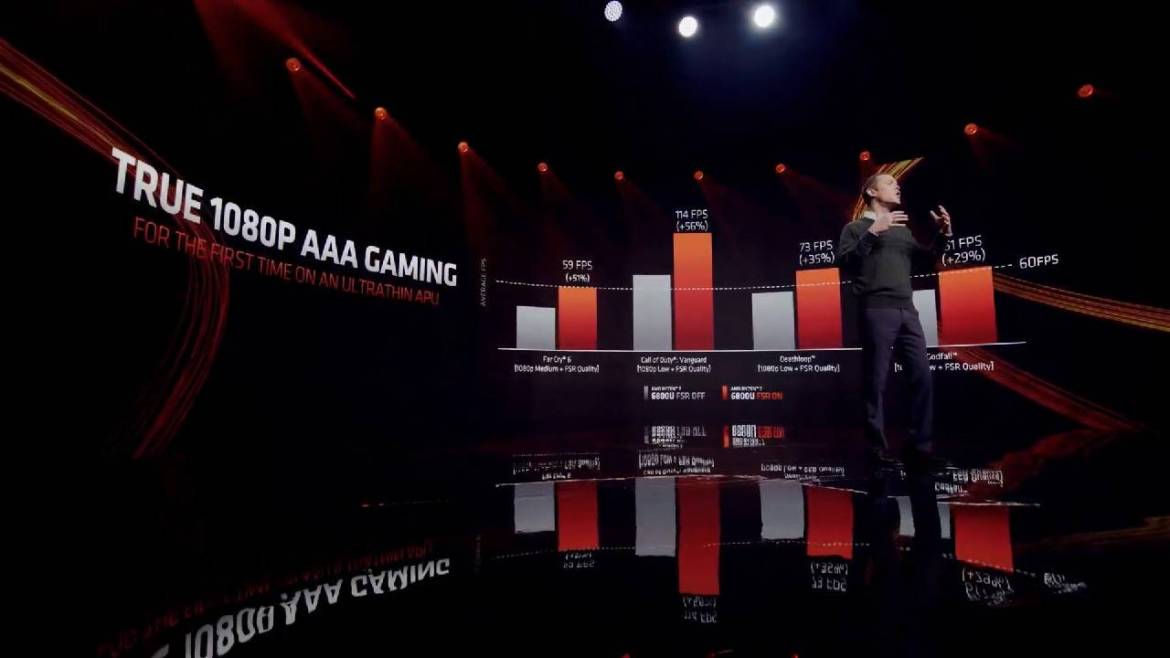AMD announced a new feature at CES 2022 called Radeon Super Resolution (RSR). This technology is said to be built on the company’s FidelityFX Super Resolution (FSR) platform. But instead of supported games, it comes via AMD’s drivers. For this reason, it is possible to work with almost any game.
Its timing was pretty much talked about as it was introduced just a few months after Nvidia brought up a very similar feature again. But this type of software is not developed overnight. It was also appreciated that RSR arrived earlier than expected.
Competition grows between AMD and NVIDIA
Nvidia came up with Nvidia Image Scaling (NIS) in November 2021. The company has been offering NIS as a driver-level upgrade feature for the past two years. But in response to the growing popularity of FSR, Nvidia has released a version that developers can add directly to games.

AMD does the opposite. The company has released FSR as an open source platform. This allowed developers to add this technology to their games. RSR, on the other hand, was the company’s latest move that allowed the graphics cards to open the doors in all games.
Although it’s a nice step, many people think it’s the wrong move. Because there is a common belief that AMD has released RSR as a new way to fight NIS. So it is said that this is actually a marketing ploy and that NVIDIA’s focus on Deep Learning Supersampling (DLSS) is forgotten.

AMD released FSR on June 22, 2021. During this time, the company has added support for several dozen games, which has been an impressive success. But since FSR is actually open source, the company doesn’t need to do anything. In other words, developers can get it for free and integrate it into their systems.
But it’s no secret that FSR needs some work when it comes to image quality. AMD is also being frank that the current version is far from the final version. This 6-month period is not enough time for FSR 2.0. However, it is said that there is definitely enough time to improve the image quality and improve the upscaling algorithm of FSR 1.0.

At this point, if AMD shares the RSR, of course it would be useful to use it. However, it does not seem to be able to replace the upcoming 2.0 version of FSR. Also, while FSR supports all graphics cards, RSR only works with AMD graphics cards. Therefore, it seems like FSR will be beneficial for us in the long run.
What do you think about this subject? Don’t forget to share your views with us in the comments!